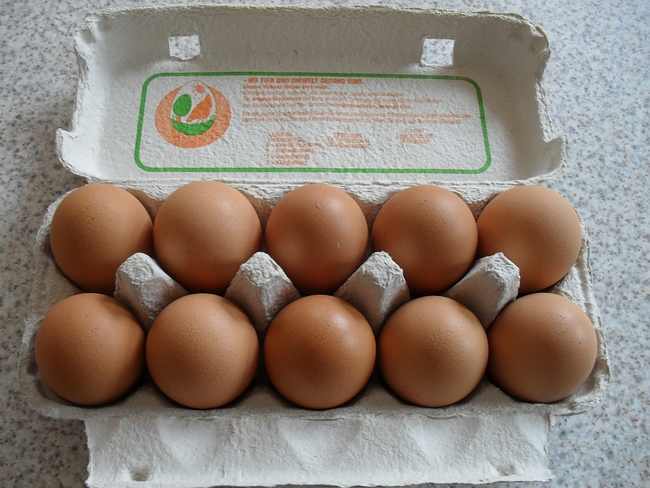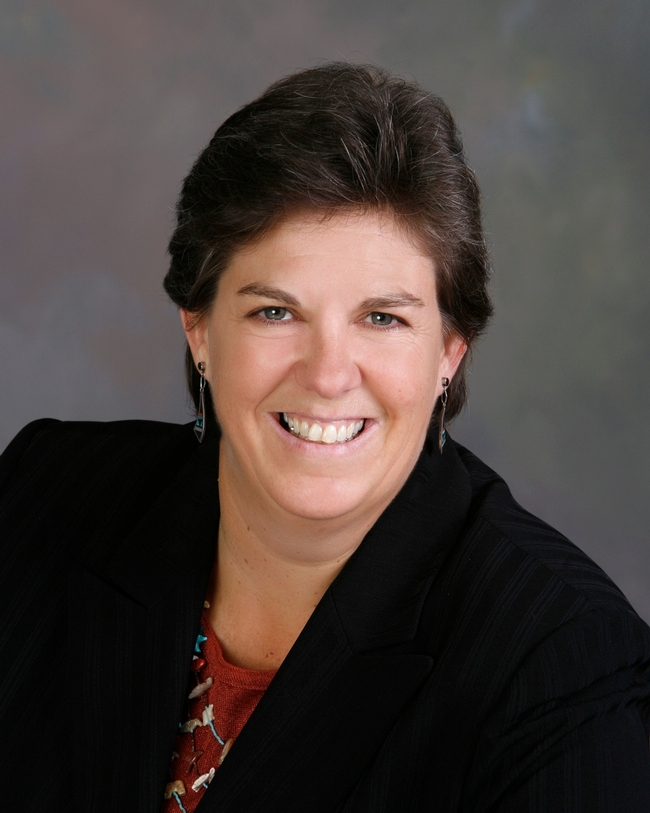From the UC Blogosphere...
Why Influx of Caterpillars Linked to Hawks
"When we try to pick out anything by itself, we find it hitched to everything else in the Universe."--John Muir, My First...
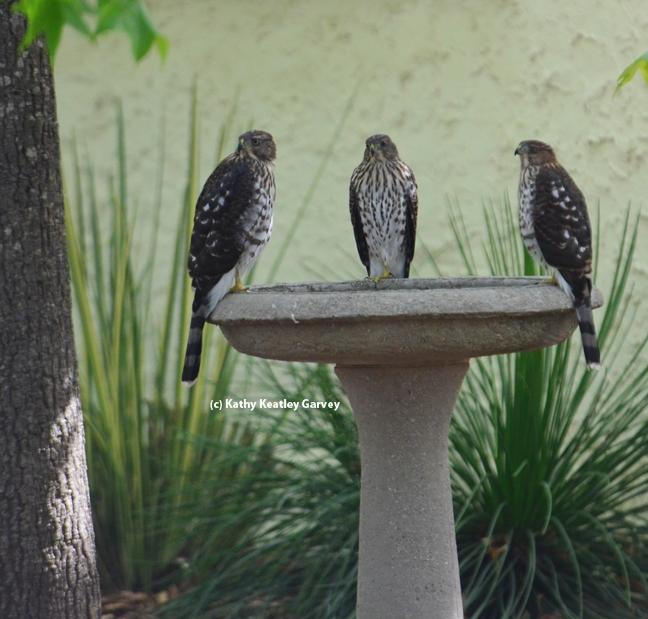
Three's company! Three juvenile Cooper's hawks, as identified by Andrew Engilis, Jr. curator of the UC Davis Museum of Wildlife and Fish Biology,cooling off in an urban birdbath in Vacaville. (Photo by Kathy Keatley Garvey)
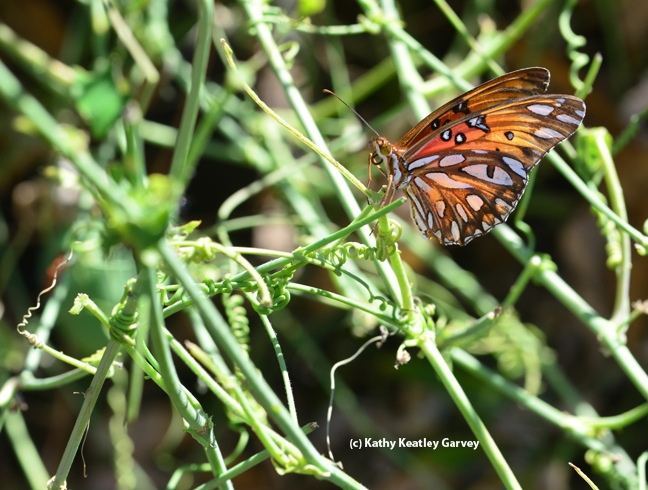
A Gulf Fritillary gets ready to lay an egg. (Photo by Kathy Keatley Garvey)
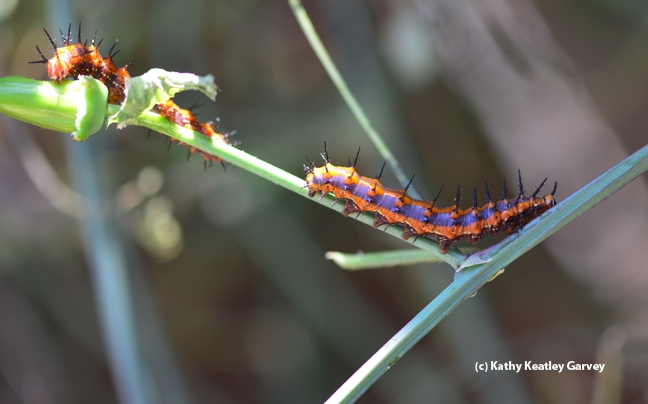
Gulf Fritillary caterpillars defoliating the passionflower vine. (Photo by Kathy Keatley Garvey)
Bird flu in the Midwest causing egg prices to rise
An outbreak of bird flu in the Midwest is forcing farmers to euthanize many sick chickens, causing egg prices to rise dramatically, reported Jonathan Bloom on ABC News 7 in San Francisco. Bloom spoke with UC Agriculture and Natural Resources Cooperative Extension poultry specialist Maurice Pitesky via Skype. He said the disease, highly contagious in chickens and turkeys, is being spread by migrating geese.
"And they're not, for the most part, affected by the disease, but they can be carriers of it," Pitesky said. "It means we're euthanizing those flocks that are affected."
The story said 40 million laying hens, one-eighth of the country's laying population, had to be euthanized, dramatically reducing the egg supply. Turkeys are still more susceptible to the condition.
“Turkey prices are going up also, and we're still not sure how that will affect turkey prices around Thanksgiving," Pitesky said.
California chickens haven't been hit by bird flu, but they are producing fewer eggs because new laws went into effect this year requiring more room for hens to move around, reducing some farms' capacity.
Oh, What a (Moth) Night!
Oh, what a (moth) night! Saturday, July 18 marked the beginning of National Moth Week and the Bohart Museum of...
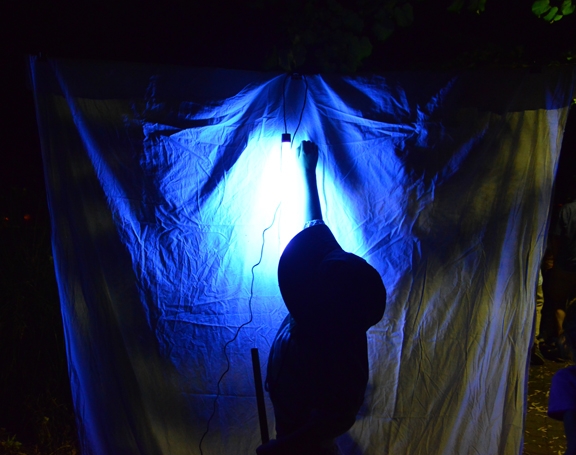
Moth Night at the Bohart Museum of Entomology was the first-ever evening open house. (Photo by Kathy Keatley Garvey)
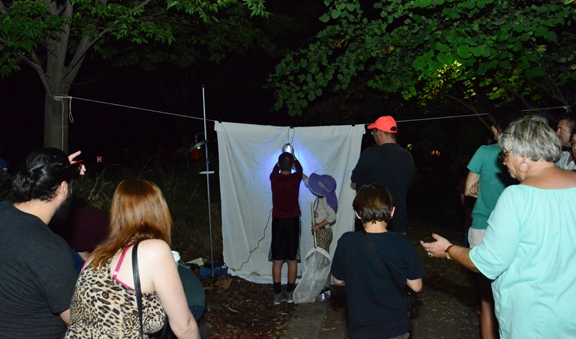
The Moth Night crowd at the Bohart Museum of Entomology awaiting moths. (Photo by Kathy Keatley Garvey)
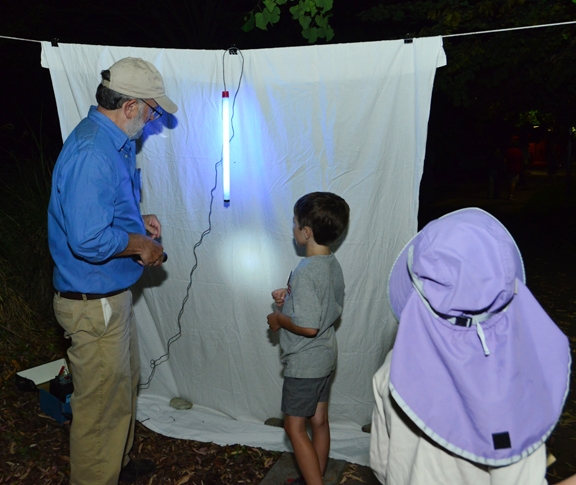
"Moth Man" John DeBenedictis of Davis explains the backlighting system to a youngster. (Photo by Kathy Keatley Garvey)
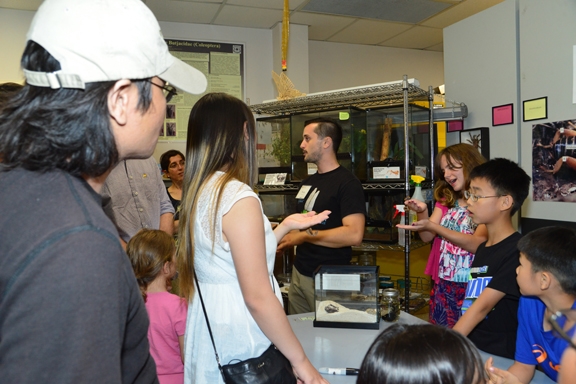
UC Davis entomology student Wade Spencer (center, n black shirt) talks bugs to an enthusiastic crowd. (Photo by Kathy Keatley Garvey)
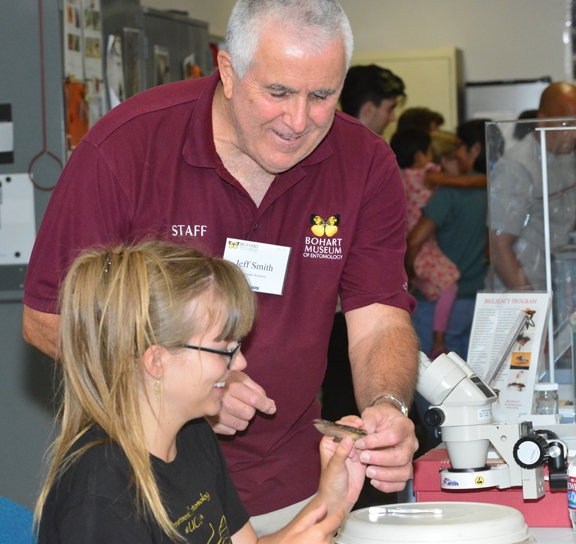
Entomologist Jeff Smith, a Bohart Museum associate, explains how to spread a moth's wings to Lauren Mitchell, a UC Davis student majoring in ecology, evolution and diversity. (Photo by Kathy Keatley Garvey)
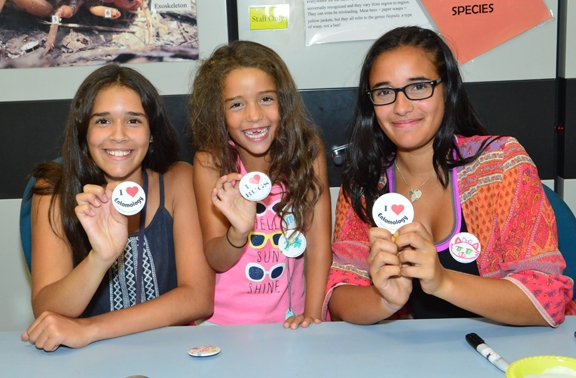
The Nansen sisters (from left) Emma, 12, Molly, 6, and Miriam, 15, of Davis display entomology buttons. They helped visitors create buttons. Their mother, Maria, is a volunteer at the Bohart, and their father, Christian, is a UC Davis entomologist. (Photo by Kathy Keatley Garvey)
Glenda Humiston named vice president of UC Agriculture and Natural Resources
Longtime Sonoma County resident Glenda Humiston has been named vice president of UC Agriculture and Natural Resources, reported Angela Hart in the Santa Rosa Press Democrat. Humiston was appointed by UC President Janet Napolitano and confirmed by the UC Board of Regents. Her first day in her new post is Aug. 3.
"I'm excited beyond belief," Humiston told the Press Democrat. "This is such an opportunity to make a difference on many levels."
Humiston succeeds Barbara Allen-Diaz, who retired June 29.
The new vice president grew up raising cattle in Colorado and credits her participation in 4-H as a child with developing her interest in farmland preservation and environmental sustainability. She served as a Peace Corps volunteer in Tunisia, was deputy undersecretary for the USDA during the Clinton administration, and her most recent position has been California state director of USDA Rural Development.
“I've spent my whole life trying to bridge agriculture and environmental issues,” Humiston said. “What people don't realize is it's a natural bridge. When people get past the fighting, they often realize we have 80 percent in common.”
Stephanie Larson, UC ANR Cooperative Extension advisor and director of the Sonoma County office, called the appointment of the Sonoma County resident "exciting."
“If you think about Sonoma County, we have a half-million acres that can function as some form of working landscape — like forest lands, croplands and water," Larson said. "Everything has an opportunity and these are going to be key to address drought and climate change.”
Calculate Your VOC Emissions
As summer continues to heat up, keep in mind that regulations remain in effect to reduce the volatile organic compounds (VOCs) that can be emitted into the atmosphere by pesticides and other harmful chemicals and contribute to the amount of ozone or smog in the environment.
Calculators from the Department of Pesticide Regulation (DPR) that determine the VOC emissions from fumigant and non-fumigant pesticides before application are available to help growers, pest control advisers, and pesticide applicators comply with the regulations. The UC Statewide Integrated Pest Management (IPM) Program provides a link to these calculators from each of the treatment tables in the UC Pest Management Guidelines. Click on the Air Quality – Calculate emissions button.
Take steps to reduce VOCs. Avoid emulsifiable concentrate (EC) formulations as they release the highest VOC emissions. Pesticide control advisers and growers can also reduce VOC emissions by employing IPM practices such as using resistant varieties, traps, exclusion, and biological control. When using pesticides, spot-treat and seek low-emission materials. Solid formulations, such as granules or powders, are best.
Check the fact sheet on the DPR web site for the most up-to-date-information on VOC restrictions and regulations.



